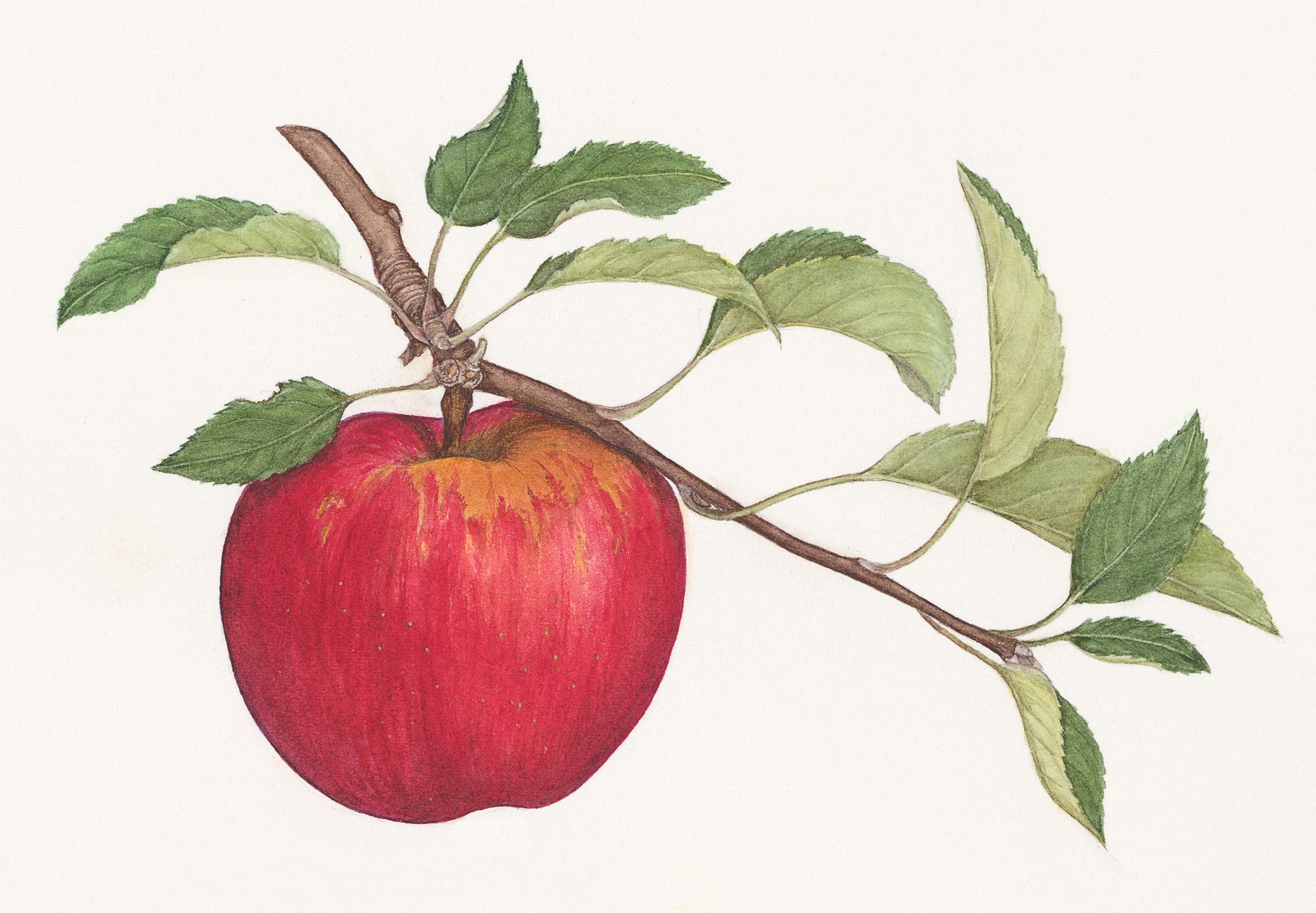As always, i start off by sketching rough ideas for the composition. At this point, i wasn’t quite sure of what style and medium i was going to use. But, i knew i wanted to go for something illustrative.

An apple from the point of view of a supermarket is a citizen.
I was trying to play around with the idea of an alternate universe, where the fruits are people of the city. It’s Fruitopia! At first, i was trying to express the different races by using different fruits. After consulting Shirley, i felt that it might be better if i stick to one fruit so that the statement made more sense and the subject matter would be more prominent. I really liked the look of using white coloured pencil on toned paper, so i incorporated that into my illustrations. As i went on, i realised the pieces lacked colour so i added minimal colours just to emphasise and highlight certain areas. I avoided getting carried away with the colours so as to keep the original look of the illustrations i was going for. In terms of composition, i wanted to create a balanced foreground and background and overall, somewhat symmetrical.
An apple from the point of view of a farmer is salary.
You reap what you sow. Literally, apple farmers rely on the production of their apples to make a living. The red spots in the trees are “apple money”. I used the trees to frame up the whole composition, as well as to put a nice focus on the central figure. As i wanted my final 6 to look cohesive, i went with the same style of illustration. I think i spent the most time on this one, mainly because of the leaves. I wanted to make it look semi-realistic, so i adopted a hatching technique. It was also effective in providing texture to my illustrations.
An apple from the point of view of fast food is a nerd.
Think of every single high school/college show out there. Fast food would be the popular kids at school. They are arrogant, rebellious and tend to be evil/cruel (unhealthy) but everyone loves them and wants to be their friend. Then, we have the unpopular nerd. The target of bullying, is looked down upon, straight A student (apples are good for you) and but, few seem to know about their good traits. I made the popular table the focus of this piece by making it occupy most of the composition. And to balance it out, I placed the outcast table at the top left corner. The difference in sizes will also help to highlight their social statuses.
An apple from the point of view of a male is an instrument.

A play on the “Adam’s apple” which functions to make man’s voice deeper/lower. I related this to the sounds of an instrument, especially brass instruments, because they can make really low sounds. I incorporated the apple into the shape of the trombone and drew 4 different males at the sides to add depth to the composition.
An apple from the point of view of a Korean is an apology.
The korean word for apple – 사과 (sa-gwa) also means apology.
APPLE -> Hangul = 사과; Hanja = 沙果 (Pronounce as: sa-gwa)
APOLOGY -> Hangul = 사과 Hanja = 謝過 (Pronounce as: sa-gwa)
If you were wondering how i knew this, i’ve studied the language before. 🙂 I also found it amusing how the word mean two different things. Fun fact! Some koreans do give each other an apple to apologise. The three figures in the foreground are wearing the hanbok (the traditional korean costume) and are in the position of a respectful bow. For the background, i used the Korean flag to set the context if the foreground was not enough to infer from.
An apple from the point of view of The Chopsticks Brothers is a song.
Referencing the song Little Apple by The Chopsticks Brothers. This happens to be my 5-year-old cousin’s favourite song to sing at karaoke. In case you’ve never heard the song before, here. Listen to it and relieve some stress. 😀 Here, i characterised the duo as a pair of chopsticks as they are recognisable for their name. The head of the microphones are replaced with apples to express the idea of a ‘song’.

Overall, i really enjoyed working on the project. Even thinking of ideas for the statements was fun for me. I think i found a style that i really enjoy.
Research on the previous post, final on the next! Thank you!
























